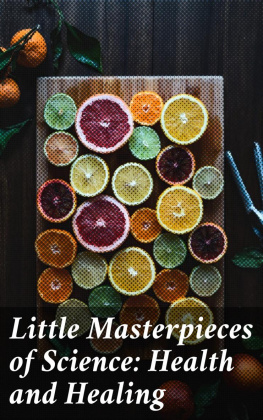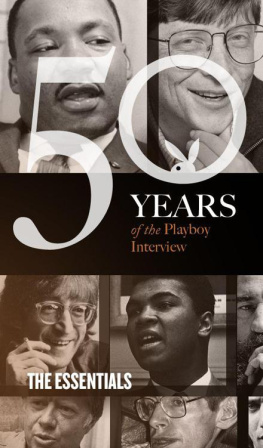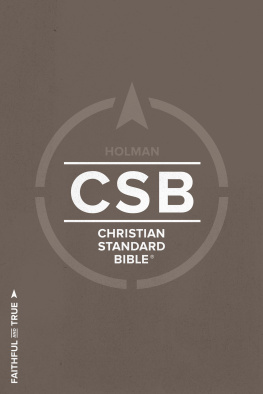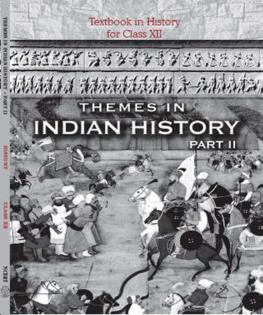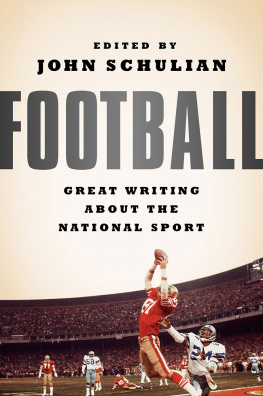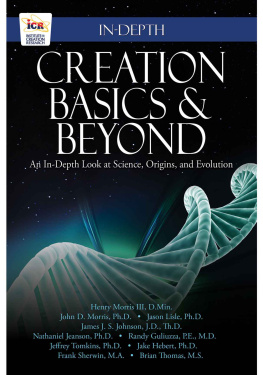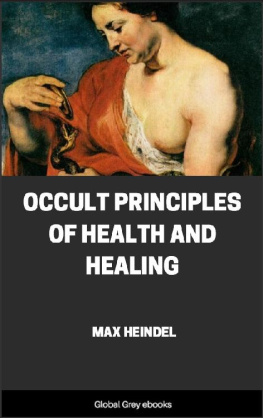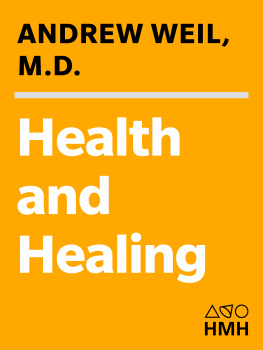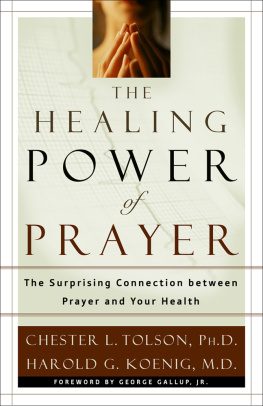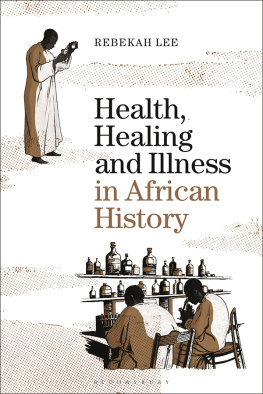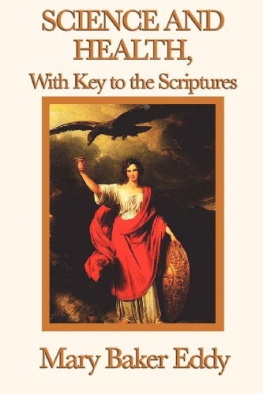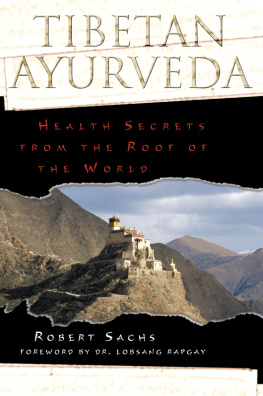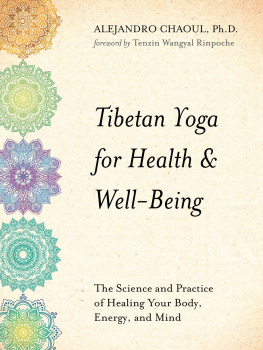PREFACE
Table of Contents
When we remember that sound health is the foundation of every other good, of all work fruitful and enjoyed, we see that in this field new knowledge and new skill have won their most telling victories. Pain, long deemed as inevitable as winter's cold, has vanished at the chemist's bidding: the study of minutest life is resulting in measures which promise to rid the world of consumption itself. Dr. Billings's masterly review of medical progress during the nineteenth century, following upon chapters from other medical writers of the first rank, strikes Prevention as its dominant note. To-day the aim of the great physicians is not simply to restore health when lost, but the maintenance of health while still unimpaired.
Worthy of remark is the co-operation in this good task which the physician receives at the hands of the inventor and the man of business. To-day the railroad, quick and cheap, disperses crowded cities into country fields: even the poorest of the poor may take a summer outing on mountain slopes, on the shores of lake or sea. As easily may the invalid escape the rigors of a Northern winter as he journeys to the Gulf of Mexico. For those who stay at home the railroad is just as faithfully at work. It exchanges the oranges of Florida for the ice of Maine, and brings figs and peaches from California to New England and New York. These, together with the cold storage warehouse and the cannery, have given the orchard and the kitchen garden all seasons for their own. Nor must we forget the mills that offer a dozen palatable cereals for the breakfast table, most of the drudgery of preparation shifted from the kitchen to the factory. Because food is thus various and wholesome as never before, the health and strength of the people steadily gains, while medicine falls into less and less request; for what is medicine three times in ten but a corrective for a poor or ill-balanced diet?
But if the best health possible is to be enjoyed by everybody, the co-operation with the physician must include everybody. Already a considerable and increasing number of men and women understand this. If they have any reason to suspect organic weakness of any kind, they have recourse to the physician's advice, to the end that a suitable regimen, or a less exacting mode of livelihood, may forefend all threatened harm. A few pages of this volume set forth the due care of the eyes: the work from which those pages is taken gives hints of equal value regarding the care of the ears, the lungs and other bodily organs, so much more easily kept sound than restored to soundness after the assail of disease.
George Iles.
HEALTH AND HEALING
ESCAPE FROM PAIN: THE HISTORY OF
A DISCOVERY
Table of Contents
Sir James Paget, M.D.
Table of Contents
[Sir James Paget was one of the most eminent English surgeons of the last century: his writings on surgical themes are of the first authority. The essay, the chief portions of which follow, appeared in the Nineteenth Century Magazine, December, 1879. The editor's permission to reprint is thankfully acknowledged. The essay is contained in Selected Essays and Addresses, by Sir James Paget, published by Longmans, Green & Co., 1902. The same firm publishes Memoirs and Letters of Sir James Paget, edited by Stephen Paget, one of his sons.]
The history of the discovery of methods for the prevention of pain in surgical operations deserves to be considered by all who study either the means by which knowledge is advanced or the lives of those by whom beneficial discoveries are made. And this history may best be traced in the events which led to and followed the use of nitrous oxide gas, of sulphuric ether, and of chloroform as anstheticsthat is, as means by which complete insensibility may be safely produced and so long maintained that a surgical operation, of whatever severity and however prolonged, may be absolutely painless.
In 1798, Mr. Humphry Davy, an apprentice to Mr. Borlase, a surgeon at Bodmin, had so distinguished himself by zeal and power in the study of chemistry and natural philosophy, that he was invited by Dr. Beddoes, of Bristol, to become the superintendent of the Pneumatic Institution which had been established at Clifton for the purpose of trying the medicinal effects of different gases. He obtained release from his apprenticeship, accepted the appointment, and devoted himself to the study of gases, not only in their medicinal effects, but much more in all their chemical and physical relations. After two years' work he published his Researches, Chemical and Philosophical, chiefly concerning Nitrous Oxide, an essay proving a truly marvelous ingenuity, patience, and courage in experiments, and such a power of observing and of thinking as has rarely if ever been surpassed by any scientific man of Davy's age; for he was then only twenty-two.
In his inhalations of the nitrous oxide gas he observed all the phenomena of mental excitement, of exalted imagination, enthusiasm, merriment, restlessness, from which it gained its popular name of laughing gas; and he saw people made, at least for some short time and in some measure, insensible by it. So, among other suggestions or guesses about probable medicinal uses of inhalation of gases, he wrote, near the end of his essay: As nitrous oxide in its extensive operation appears capable of destroying physical pain, it may probably be used with advantage during surgical operations in which no great effusion of blood takes place.
It seems strange that no one caught at a suggestion such as this. True, the evidence on which it was founded was very slight; it was with a rare scientific power that Davy had thought out so far beyond his facts; but he had thought clearly, and as clearly told his belief. Yet no one earnestly regarded it. The nitrous oxide might have been of as little general interest as the carbonic or any other, had it not been for the strange and various excitements produced by its inhalation. These made it a favourite subject with chemical lecturers, and year after year, in nearly every chemical theatre, it was fun to inhale it after the lecture on the gaseous compounds of nitrogen; and among those who inhaled it there must have been many who, in their intoxication, received sharp and heavy blows, but, at the time, felt no pain. And this went on for more than forty years, exciting nothing worthy to be called thought or observation, till, in December, 1844, Mr. Colton, a popular itinerant lecturer on chemistry, delivered a lecture on laughing gas in Hartford, Connecticut. Among his auditors was Mr. Horace Wells, an enterprising dentist in that town, a man of some power in mechanical invention. After the lecture came the usual amusement of inhaling the gas, and Wells, in whom long wishing had bred a kind of belief that something might be found to make tooth-drawing painless, observed that one of the men excited by the gas was not conscious of hurting himself when he fell on the benches and bruised and cut his knees. Even when he became calm and clear-headed the man was sure that he did not feel pain at the time of his fall. Wells was at once convincedmore easily convinced than a man of more scientific mind would have beenthat, during similar insensibility, in a state of intense nervous excitement, teeth might be drawn without pain, and he determined that himself and one of his own largest teeth should be the first for trial. Next morning Colton gave him the gas, and his friend Dr. Riggs extracted his tooth. He remained unconscious for a few moments, and then exclaimed, A new era in tooth-pulling! It did not hurt me more than the prick of a pin. It is the greatest discovery ever made.


